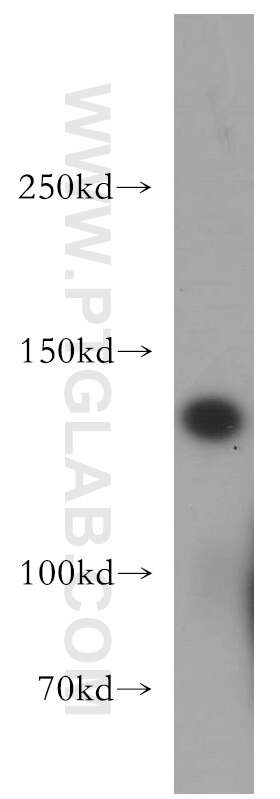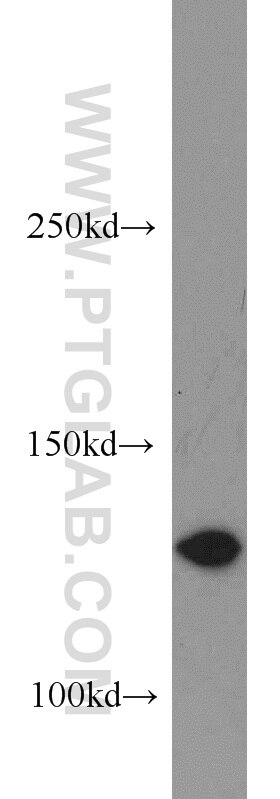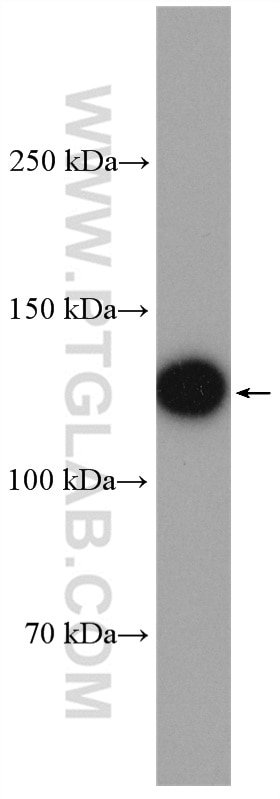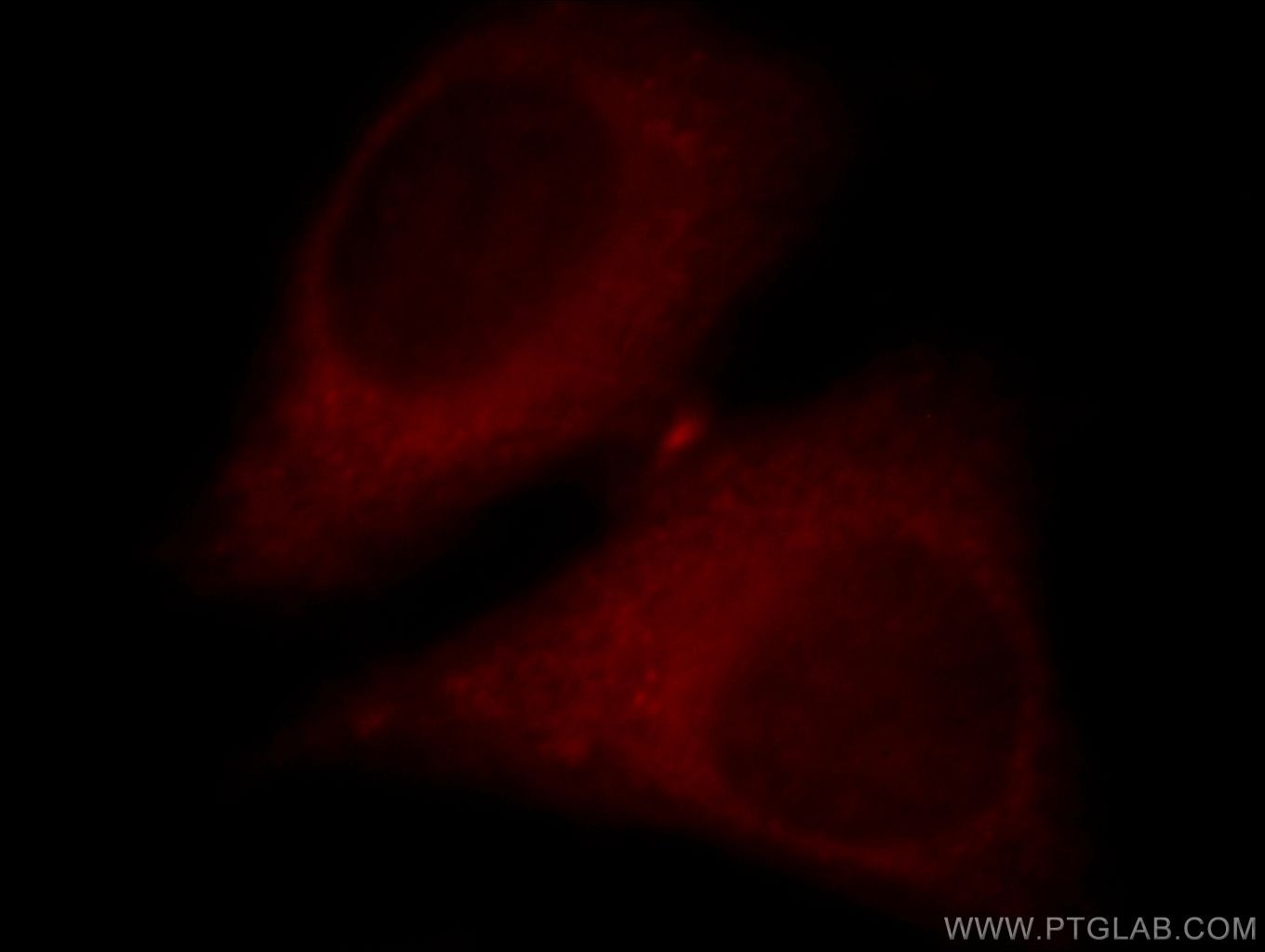DGKK-Specific Polyklonaler Antikörper
DGKK-Specific Polyklonal Antikörper für IF, WB, ELISA
Wirt / Isotyp
Kaninchen / IgG
Getestete Reaktivität
human
Anwendung
WB, IF, ELISA
Konjugation
Unkonjugiert
Kat-Nr. : 20090-1-AP
Synonyme
Galerie der Validierungsdaten
Geprüfte Anwendungen
| Erfolgreiche Detektion in WB | humanes Hodengewebe, HuH-7-Zellen |
| Erfolgreiche Detektion in IF | HepG2-Zellen |
Empfohlene Verdünnung
| Anwendung | Verdünnung |
|---|---|
| Western Blot (WB) | WB : 1:500-1:2000 |
| Immunfluoreszenz (IF) | IF : 1:10-1:100 |
| It is recommended that this reagent should be titrated in each testing system to obtain optimal results. | |
| Sample-dependent, check data in validation data gallery | |
Produktinformation
20090-1-AP bindet in WB, IF, ELISA DGKK-Specific und zeigt Reaktivität mit human
| Getestete Reaktivität | human |
| Wirt / Isotyp | Kaninchen / IgG |
| Klonalität | Polyklonal |
| Typ | Antikörper |
| Immunogen | Peptid |
| Vollständiger Name | diacylglycerol kinase, kappa |
| Berechnetes Molekulargewicht | 142 kDa |
| Beobachtetes Molekulargewicht | 135-140 kDa |
| GenBank-Zugangsnummer | NM_001013742 |
| Gene symbol | DGKK |
| Gene ID (NCBI) | 139189 |
| Konjugation | Unkonjugiert |
| Form | Liquid |
| Reinigungsmethode | Antigen-Affinitätsreinigung |
| Lagerungspuffer | PBS mit 0.02% Natriumazid und 50% Glycerin pH 7.3. |
| Lagerungsbedingungen | Bei -20°C lagern. Nach dem Versand ein Jahr lang stabil Aliquotieren ist bei -20oC Lagerung nicht notwendig. 20ul Größen enthalten 0,1% BSA. |
Hintergrundinformationen
DGKK Belongs to the eukaryotic diacylglycerol kinase family. DGKK phosphorylates diacylglycerol (DAG) to generate phosphatidic acid (PA). DGKK catalyze the reaction: ATP + 1,2-diacylglycerol = ADP + 1,2-diacyl-sn-glycerol 3-phosphate. The antibody is specific to DGKK.
Protokolle
| Produktspezifische Protokolle | |
|---|---|
| WB protocol for DGKK-Specific antibody 20090-1-AP | Protokoll herunterladen |
| IF protocol for DGKK-Specific antibody 20090-1-AP | Protokoll herunterladen |
| Standard-Protokolle | |
|---|---|
| Klicken Sie hier, um unsere Standardprotokolle anzuzeigen |





